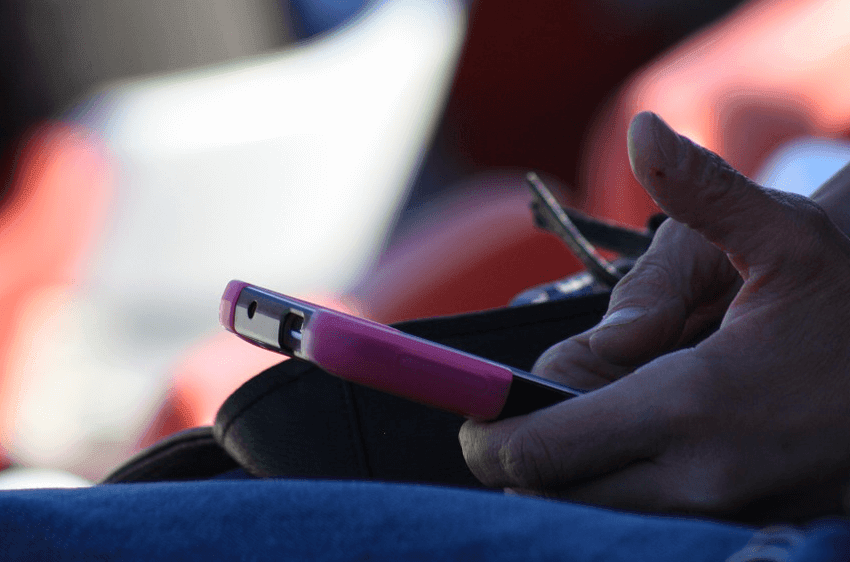In a study conducted Akamai Technologies, India has yet again recorded the lowest average connection speed in Asia-Pacific region at 2.8 Mbps, while South Korea dominated the segment with highest average connection speed at 26.7 Mbps. The global average internet connection speed increased by 23 percent to 5.6 Mbps in the quarter ended December 2015 compared to the same period of 2014, the study revealed.

In the fourth quarter, India recorded a peak speed of 21.2 Mbps, while Singapore remained in the top spot for average peak connection speed at 135.7 Mbps. The report said that the global average peak connection speed increased 1 percent sequentially, and increased 21 percent YoY to 32.5 Mbps.
“This quarter’s report shows great year-over-year growth in average connection speeds and overall broadband adoption,” noted David Belson, editor of the State of the Internet Report. “This is particularly important as consumer expectations rise and many high-profile events, like the summer games in Rio, will be streamed this year. The progress we’re seeing across our key metrics shows that, while there’s still work to be done, more parts of the world are increasingly able to support the delivery of broadcast-quality video content online.”
South Korea had the top average connection speed at 26.7 Mbps, posting a 20% increase over the fourth quarter of 2014. After a slight decline in the third quarter, the global average peak connection speed bounced back with a 1% increase to 32.5 Mbps in the fourth quarter. This led to 21% year-over-year growth, the report said.
South Korea (95.3 Mbps) and Macao (83.1 Mbps) were the only country/regions to post double-digit quarterly gains in average peak connection speed at 10% and 13%, respectively. Globally, 7.1% of unique IP addresses connected to Akamai at average speeds of at least 25 Mbps, a dramatic 37% increase over the previous quarter. Year-over-year, global 25 Mbps adoption increased by 74%, in contrast to the 15% yearly decrease seen in the third quarter.
Each of the top 10 countries/regions saw double-digit growth in 25 Mbps broadband adoption except for Hong Kong (15%), which posted a 9.8% change quarter-over-quarter. Norway (21%) and Denmark (15%) saw the greatest yearly gains at 165% and 188%, respectively.
In the U.S., 10 states had 14% or more of unique IP addresses connected to Akamai at average speeds of at least 25 Mbps, with the District of Columbia holding the top spot at 25% adoption, a 15% quarter-over-quarter growth. The global percentage of unique IP addresses connecting to Akamai that met the 4 Mbps broadband speed threshold increased 5.8% to 69%. Year-over-year growth was 17%.
In the fourth quarter of 2015, 32% of unique IP addresses across the world connected to Akamai at average speeds above 10 Mbps, an increase of 15% over the previous quarter. Year-over-year, this was a 34% increase. The report said that 19% percent of unique global IP addresses connected to Akamai at average “4K-ready” connection speeds of 15 Mbps or above, up from 15% in the third quarter.
On an yearly basis, the global 15 Mbps adoption rate grew 54% with nine of the top 10 countries/regions seeing gains ranging from 3.3% in South Korea (63% adoption) to 102% in Norway (45% adoption).
What is your average speed that you get from your ISP do let us know via comments.















